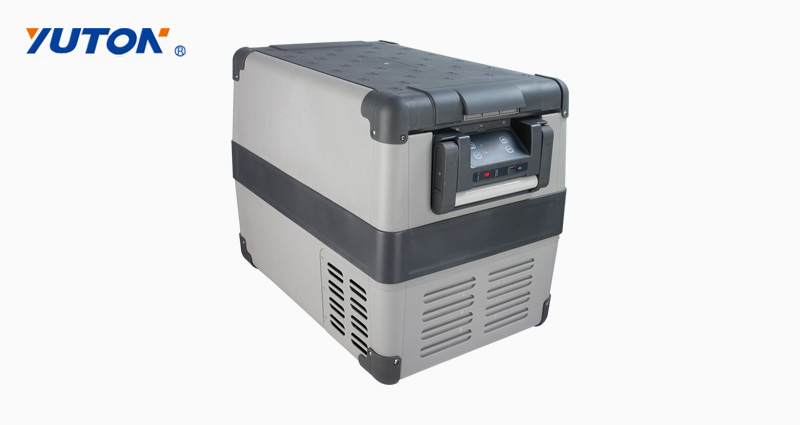Summary:Types of Cooling Boxes:
Cooling boxes can be classified into two main types: passive and active. Passive cooling boxes rely on insulation and ice pack...
Cooling boxes can be classified into two main types: passive and active. Passive cooling boxes rely on insulation and ice packs to maintain the desired temperature. They are simple, easy to use, and suitable for short-term storage. Active cooling boxes, on the other hand, use electric or battery-powered cooling systems to regulate the temperature. They are more sophisticated and suitable for long-term storage or transportation.
Passive Cooling Boxes:
Passive cooling boxes are the most common type of cooling boxes. They are made of insulated materials, such as foam, plastic, or metal, and are designed to keep the contents cool for a certain period. The insulation material creates a barrier that prevents heat from entering the box and ice packs keep the temperature low. Passive cooling boxes are suitable for picnics, camping, and other outdoor activities. However, they have limitations in terms of the temperature range and storage time.
Active Cooling Boxes:
Active cooling boxes are more advanced than passive cooling boxes. They are equipped with an electric or battery-powered cooling system that regulates the temperature of the contents. The cooling system can be based on compression, thermoelectric, or absorption technology. Compression technology is the most common and efficient, as it uses a compressor and refrigerant to cool the air inside the box. Thermoelectric technology uses the Peltier effect to cool the air, while absorption technology uses a combination of ammonia and water to create a cooling effect.
Applications of Cooling Boxes:
Cooling boxes have a wide range of applications in various industries. In the food and beverage industry, they are used for storing and transporting food, beverages, and other perishable items. They are also used in the pharmaceutical industry for storing vaccines, blood, and other medical supplies. In the transportation industry, they are used for shipping temperature-sensitive goods, such as seafood, meat, and dairy products.
Conclusion:
Cooling boxes are essential equipment for maintaining the temperature of perishable items. They come in two main types: passive and active. Passive cooling boxes rely on insulation and ice packs, while active cooling boxes use electric or battery-powered cooling systems. Active cooling boxes are more sophisticated and suitable for long-term storage or transportation. Cooling boxes have a wide range of applications in various industries, including food and beverage, pharmaceuticals, and transportation. By understanding the technology behind cooling boxes, we can appreciate their importance and make informed decisions when choosing the right cooling box for our needs.
YT-B-45PX 37L/8L PP Car Portable Refrigerator
Features:
1. Unlike ordinary household refrigerators, it can be moved and used. The compressor is shock-resistant and can be operated at an angle of 30 degrees.
2. Intelligent circuit control system, with fast cooling, electronic temperature control, emergency switch, memory recovery, energy saving and other functions, more convenient to use.
3. The door cover can be removed for easy access to items and cleaning inside the box.
4. The built-in LED indicator of the refrigerator is convenient for night use.
5. Ergonomic handle design, strong and durable.
6. Built-in basket for easy access.
